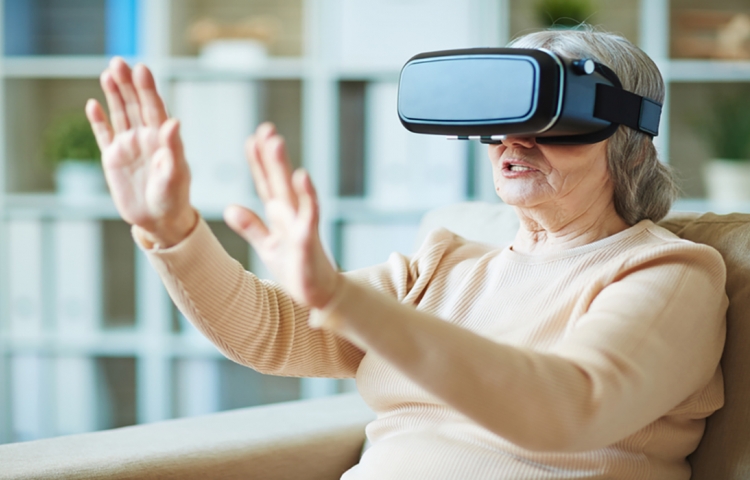
Can Technology Reduce Loneliness and Isolation in the Elderly?
By John Sharp, Director, Thought Advisory, HIMSS and the PCHA Aging and Technology Task Force
This is an overview of an PCHAlliance Innovation Exchange Webinar featuring a conversation between AARP, Orbita and Christus Health. A link to the webinar recording is available at the end of this blog.
The problem
Loneliness and isolation is a common problem among the elderly with real health consequences. According to the paper, Social Relationships and Mortality Risk: A Meta-analytic Review , there is 50% less likelihood of survival for participants with weaker social relationships. Loneliness has the same health impact as smoking 15 cigarettes per day and results in result in 24% higher healthcare costs according to Alison Bryant of AARP. A group from Stanford Medicine examining the health and social problems of the elderly stated, “Nearly a third of community-dwelling adults over age 65 live alone… The paucity of social connections and the subjective feelings of isolation and loneliness conspire to increase the risk of cognitive decline, functional decline and mortality.” Disabilities associated with aging can exacerbate isolation and loneliness. Hearing loss is one example which can also result in more health problems.
Potential Solutions
Chatbots and voice tech (also known as conversational AI) provide one potential solution. For voice, the technology can control rate of speed and volume on voice assistants to personalize the user experience.
As an alternative, touch screen with large enough icons and font can enhance communication. Also, automatic captioning of video or audio and transcription apps are now available to anyone with hearing loss including phone calls.
Telehealth use has expanded significantly during COVID and provides an alternative to clinic and home health visits. However, one should assess the readiness of older adults for the use of telehealth.
Pet robots used to reduce loneliness for the elderly are seeing broader use including a grant from the National Science Foundation. Also, augmented reality for dementia is under study to improve quality of life.
Hearing aids show constant improvement and their broader use could reduce isolation for many. Some can connect with voice assistants via Bluetooth. Hospital staff should ask about hearing loss on admission for the elderly since it is so common.
The broader use of smart phones brings many more options to reducing loneliness and isolation. 70% of over 50 + have a smart phone according to AARP with those over 70 increasing their adoption. However, some, particularly the older in this sector, may need training on selection and use of apps that may benefit their social connections.
Conclusions
Technology is not the limiting factor anymore; technology in all of these areas has improved greatly in the past few years from voice tech to hearing aids. The broader adoption of these technology solutions for isolation and loneliness will enhance quality of life and resilience and potentially improve health outcomes and reduce healthcare costs.
Watch the full webinar - PCHAlliance Innovation Exchange: How Connected Health Tech Addresses Loneliness Among Seniors
Also see: Tech's role in helping seniors overcome loneliness amid COVID-19 pandemic




